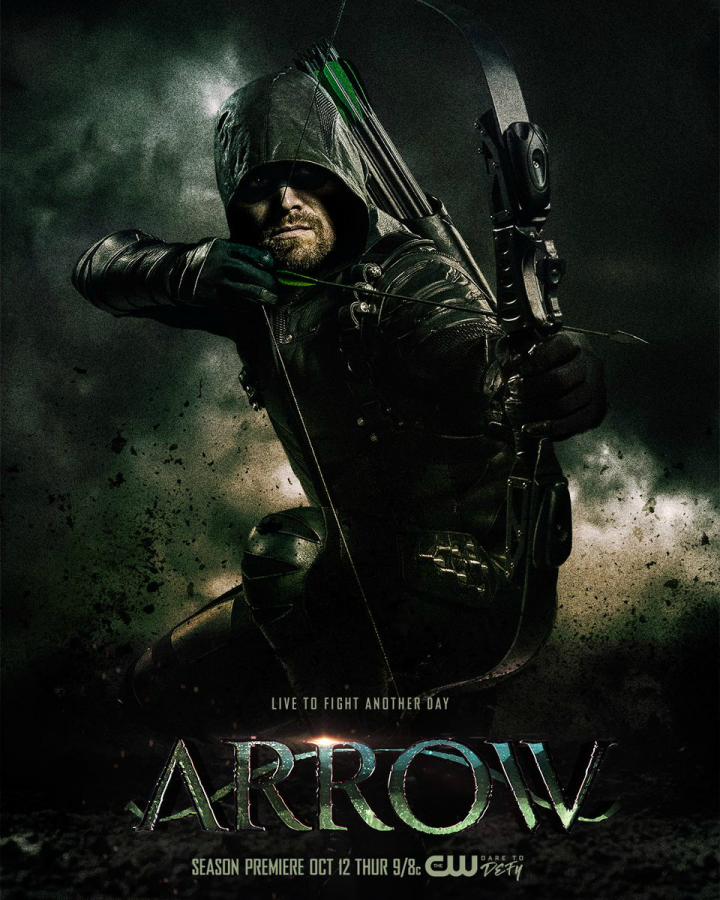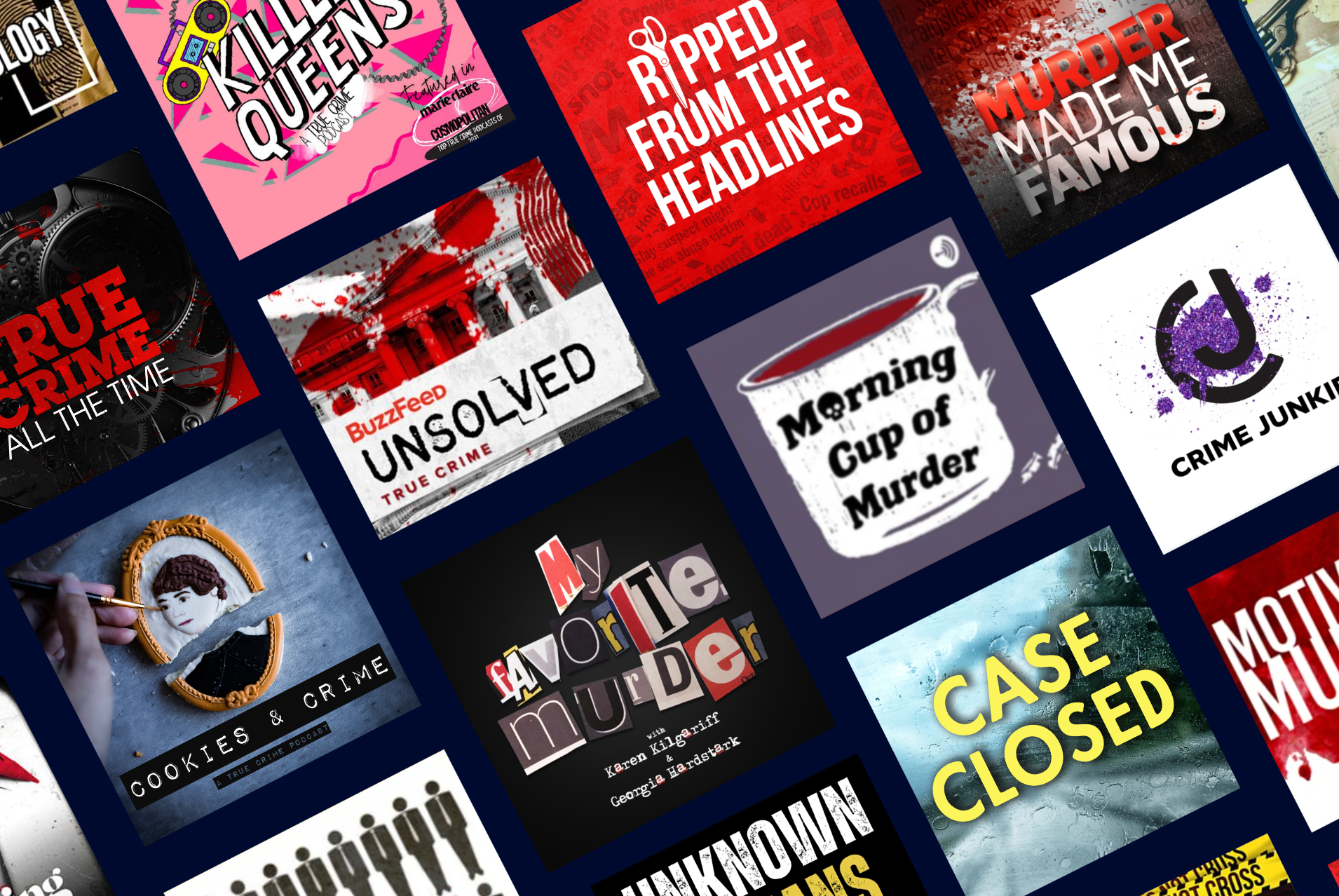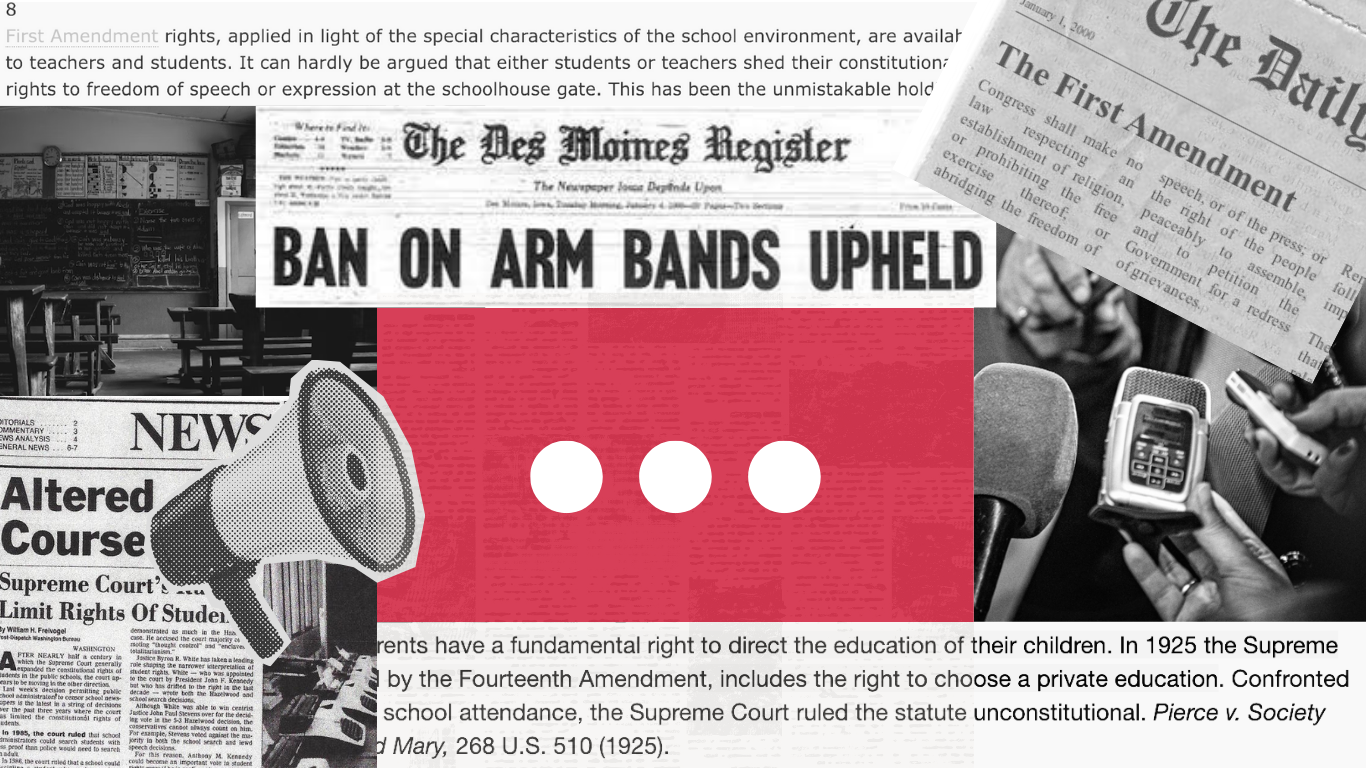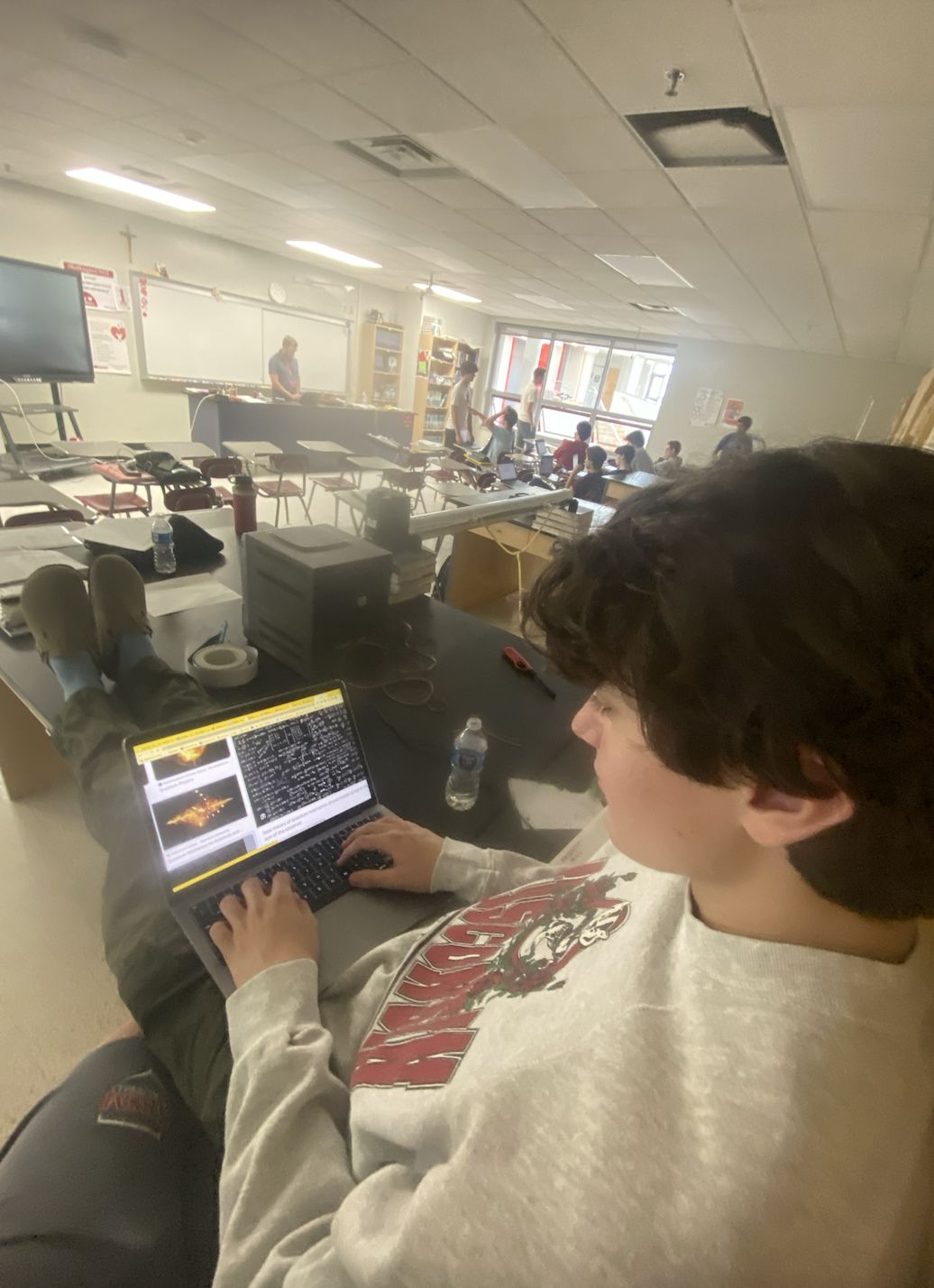‘Arrow season six’, the newest season of the CW’s flagship superhero show, misses the target.
The CW, in partnership with television producer Greg Berlanti, has been dominating DC television for years now. They’ve built a television superhero universe, called the “Arrowverse,” which is spearheaded by its namesake, Arrow.
Arrow Promtional Materialsi, The CW, Creative Commons
Arrow season six is poorly-written, terribly paced, and has no idea how to capture the magic of the first two seasons. This is such a shame, because Arrow showed so much recovery in season five.
June 8, 2018
Arrow is a gritty reinterpretation of the once campy Green Arrow mythos. Arrow’s first two seasons were well-made, highly entertaining television. The show’s quality dropped off a cliff during mid-season three, when a minor character was given too much focus, and every character would act irrationally. The show fell into a bottomless void for season four; the production value had sunk, and the writers were focusing on all the wrong characters. Arrow’s fifth season brought back the darker, serious tone of the earlier seasons with a much higher budget. Season six, however, has done a complete one-eighty and lost the plot in the process.
The show follows Oliver Queen, who is the vigilante Green Arrow (played by Stephen Amell). Fighting alongside him are his wife and hacker, Felicity Smoak (Emily Bett-Rickards); his best friend, John Diggle (David Ramsey); a former marine, Rene Ramirez (Rick Gonzales); a cop turned superhero (Juliana Harkavy); and a guy named Curtis Holt (Echo Kellum). Oliver’s younger sister, Thea Queen (Willa Holland); and his longtime friend, Quentin Lance, are also among the large supporting cast.
Oliver fights to defend his city from evil tech-genius, Cayden James (Michael Emerson); dangerous street thug, Ricardo Diaz (Kirk Acevedo), and the villains Black Siren (Katie Cassidy), Vigilante (Nathan Fillion), and Anatoly Knyazev (David Nykl).
As you can see, there is already a problem. With eight protagonists, six antagonists, and at least three other supporting characters, Arrow is stuffed to the brim with too many characters. There are twenty-three episodes in the season, yet the writers of Arrow have no idea how to utilize each character in a meaningful way.
To put it simply, the first nine episodes are awful, and the rest of the season isn’t much better. Besides the Deathstroke two-part episode, which is still bogged down by a boring B plot, the first part of the season is a confusing mess. Episodes ten through seventeen are an improvement, but not anywhere near good. Episode eighteen pulls the show back on its feet, and the season ends on an extraordinarily average note by episode twenty-three.
Arrow season six is poorly-written, terribly paced, and has no idea how to capture the magic of the first two seasons. This is such a shame, because Arrow showed so much recovery in season five. Here’s to hoping season seven brings the show back on track.



























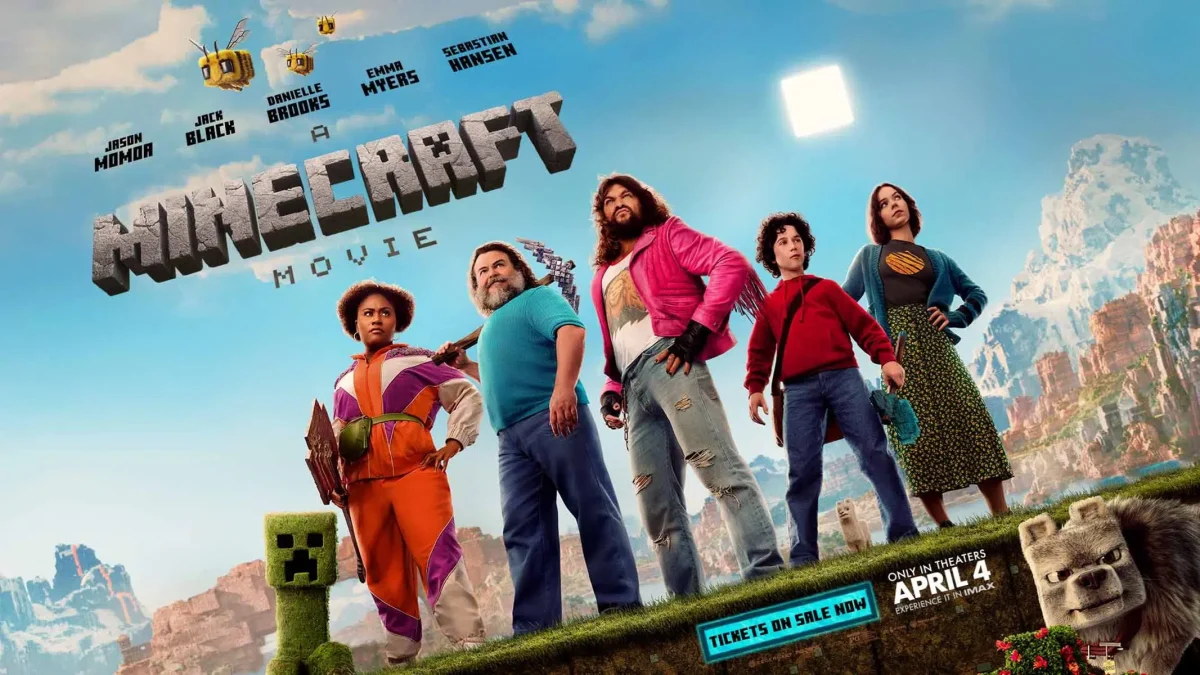









![Teacher Lore: Mr. Hillman [Podcast]](https://bsmknighterrant.org/wp-content/uploads/2025/03/teacherlorelogo-1200x685.png)



